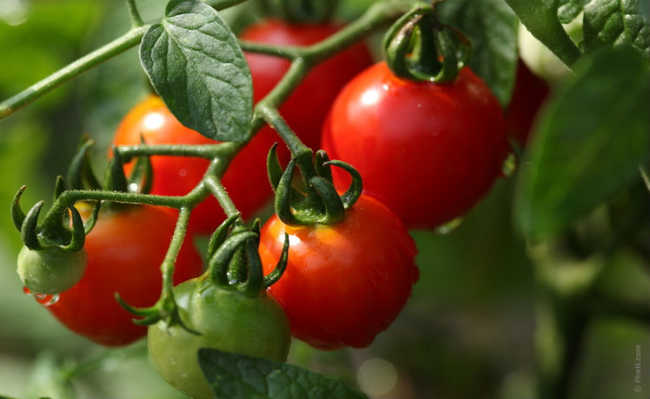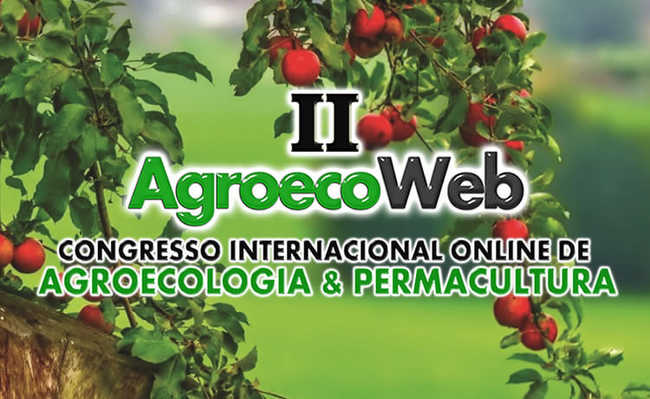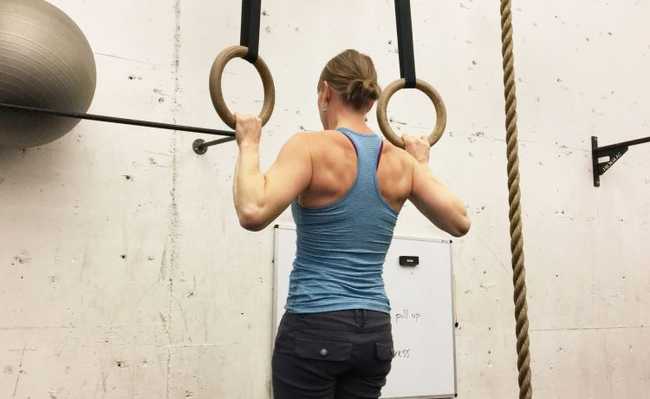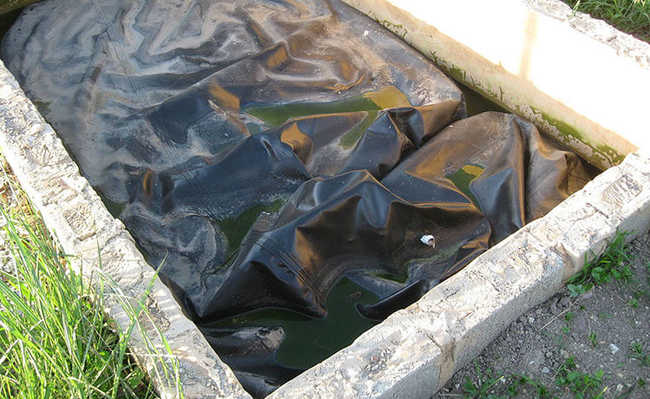Biostimulants are pesticide-free alternative to strengthen plants
Strengthening the plant's natural self-defense mechanism makes it more productive and more resistant to pests and diseases - and all without pesticides

Agronomist Yoshio Tsuzuki argues in his book on physiological defense techniques against pests and diseases that plants have self-defense mechanisms that can be weakened when they are exposed to situations of environmental stress, such as drastic variations in temperature, scarcity or excess of water , excess humidity, wrong application of fertilizer, presence of pathogens and pests, among others. Tsuzuki believes that the most efficient way to improve a plant's self-defense process is to increase its vital energy level by speeding up photosynthesis.
In an article published in Journal of Sustainable Agriculture (Journal of Sustainable Agriculture - in free translation) Graeme Berlyn and Ricardo Russo define biostimulants as non-fertilizing substances with a beneficial effect on the plant growth process. The effectiveness of biostimulants lies in improving the plant's ability to absorb water and nutrients, that is, improving photosynthesis.
What are biostimulants?
In a study by the Instituto Agronômico de Campinas, biostimulants are defined as a mixture of growth regulators. Growth regulators are substances composed of plant hormones, or synthetic hormones, which, when applied to the plant, act directly on the plant's physiology, increasing its development. Biostimulants may contain in their formula other compounds, such as amino acids, nutrients (nitrogen, phosphorus, potassium), vitamins, seaweed concentrate and ascorbic acid.
How do biostimulants help the plant to develop?
The application of the biostimulant maintains the plant's hormonal balance and this is what makes it more resistant and less vulnerable to stressful situations. Such situations induce the plant to lose its ability to balance oxidative and antioxidant properties. Thus, the plant has difficulties in converting sunlight into chemical energy, harming the photosynthesis process.
According to the doctoral thesis presented to the Luiz de Queiroz School of Agriculture, at USP, by Ana Vasconcelos, when the plant is exposed to environmental stress, free radicals react with oxygen, damaging plant cells. The application of the biostimulant tends to increase the plant's antioxidant capacity, reducing the toxicity of free radicals and providing more energy for the plant to develop its root system and leaf part.
Use of biostimulants in organic agriculture
Biostimulants have already been applied in Brazil in crops such as soybeans, corn, rice and beans and tomatoes. It is important to emphasize that there are several formulas for using them, and it is up to the farmer to choose the most suitable product for the species he cultivates. The effectiveness also varies according to the stage of the vegetative cycle in which the product is applied, varying from species to plant species, but, in general, it is recommended to start the application still in the seed.
By being able to increase the productivity factor, reducing costs and increasing profits, making the plant more resistant to pests and diseases without the use of pesticides in the formula, biostimulants tend to be a great tool to boost organic agriculture.
See the following video (in Spanish) about the use of biostimulants in various crops in Paraguayan plantations:









